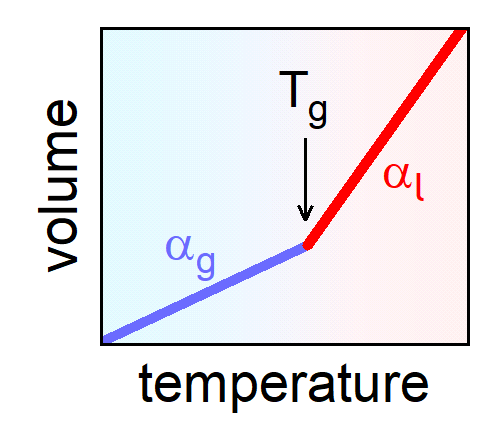
|
Volume vs. temperature around the glass transition.
[from: P. Lunkenheimer, A. Loidl, B. Riechers, A. Zaccone, and K. Samwer, Thermal expansion and the glass transition, Nature Phys. 2023]. [PDF] |
1. Introduction
When cooling glassforming liquids sufficiently fast to avoid crystallization, first below the melting temperature a so-called supercooled liquid is formed, before the material finally becomes a glass below the glass-transition temperature. Glasses are solid, but they lack the periodicity of the crystalline lattice. Although the technology of vitrification is well known since archeological times and although many materials in technology and nature are glasses, the microscopic mechanisms that underly the glass transition are still far from being understood. The solidification at the glass-transition temperature Tg occurs smoothly, i.e. without an abrupt jump of the viscosity as found for crystallization. At the glass transition, most physical quantities reveal a crossover to weaker temperature dependence. This is also the case for the volume, leading to a jump of the thermal expansion α, one of the most paradigmatic characteristics of the glass transition:

|
Volume vs. temperature around the glass transition.
[from: P. Lunkenheimer, A. Loidl, B. Riechers, A. Zaccone, and K. Samwer, Thermal expansion and the glass transition, Nature Phys. 2023]. [PDF] |
Most of our investigations of glassforming liquids use dielectric spectroscopy. It is ideally suited to investigate the huge change of the molecular dynamics at the glass transisiton. Experimental advances allow for the collection of dielectric spectra over an extremely wide frequency range of more than 18 decades. Those spectra reveal a rich variety of different dynamic processes that are present in glass-forming liquids as schematically shown in the following figure. Typically, two cases can be distinguished, depending on the occurrence of an excess wing or a β relaxation, as shown in both frames of the following figure.

|
Frequency dependence of the dielectric loss at a temperature close to the glass transition
(a) in a prototypical glass former with an excess wing and (b) in a glass former
with a canonical Johari-Goldstein β relaxation ('slow β'). [from: P. Lunkenheimer and A. Loidl, in The scaling of relaxation processes, edited by F. Kremer and A. Loidl (Springer, Cham, 2018), p. 23]. |
2. Research Foci:
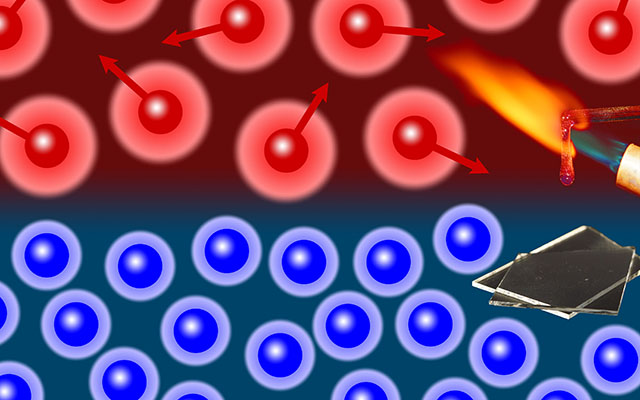
By analysing the thermal expansion and the glass-transition temperatures of more than 200 glasses and liquids, we found that the Lindemann criterion is not applicable to glass melting. Interestingly, our analysis reveals unexpectedly universal correlations between these quantities. The results can be explained when considering that the glass-liquid transition is strongly influenced by the cooperativity of molecular motion, leading to a significant increase of the energy needed to liquefy a glass. Moreover, we find that the thermal expansion in the liquid state is by a universal factor of ~3 larger than in the glassy state of a material, although the expansion in both states of matter should be governed by fundamentally different mechanisms [21].
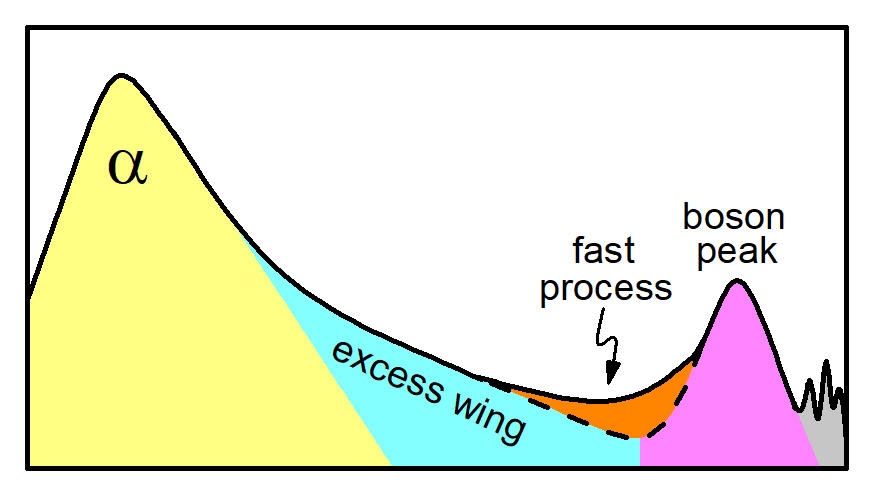
Glassformers and various conducting materials reveal a rich "zoo" of dynamic processes. By collecting dielectric spectra of different materials in a frequency range of more than 18 decades, all those processes can be investigated [3,4,6,7]. The understanding of those extreme broadband spectra is a challenge for every theory of glassy or charge-carrier dynamics.
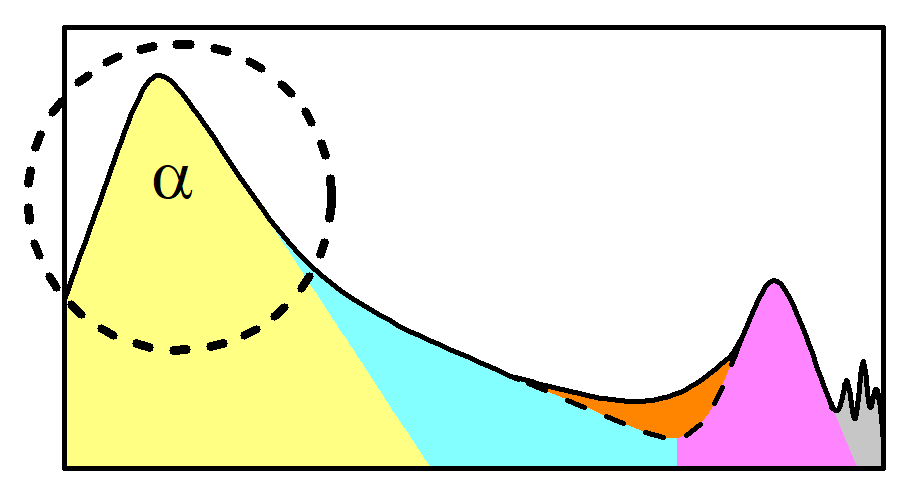
The α relaxation shows up as a prominent peak in dielectric loss spectra. It mirrors the structural dynamics that shows a tremendeous, but continuous slowing down over many decades when the glass transition is approached. The α relaxation reveals two hallmark features of glassy dynamics namely non-exponential and non-Arrhenius behavior. Both are investigated in our group (e.g., [6,7,11,19,20]). Due to the broad frequency range available in our experiments, the glassy freezing of molecular dynamics can be followed from the highest temperatures, deep in the liquid region, down to the structural arrest occurring at the glass temperature or even below.
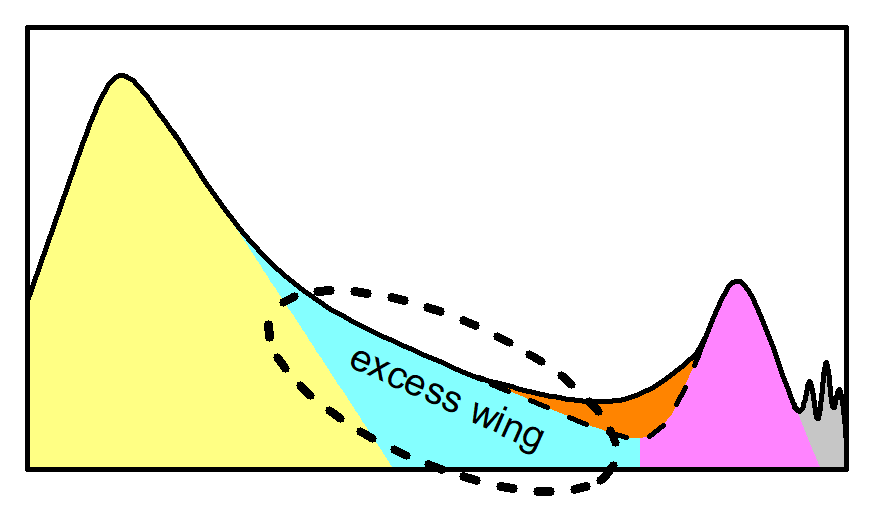
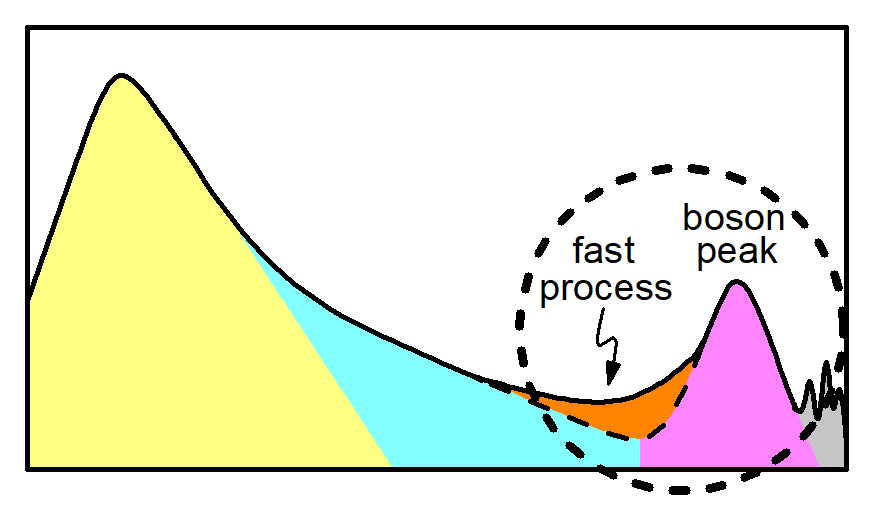
In recent years, the high-frequency response of glass forming materials in the GHz to THz frequency range has found increasing attention. Previous experimental results obtained using neutron and light scattering techniques provided evidence for additional fast processes contributing in this regime, in accord with theoretical expectations. However, this high-frequency range was only rarely covered by dielectric measurements. Utilizing advanced techniques, our group was able to acquire dielectric data in a considerably enlarged frequency range, extending well into the THz region. We found clear evidence for the expected fast process which should be universally present for all measurement techniques [1,2,4,6,18].
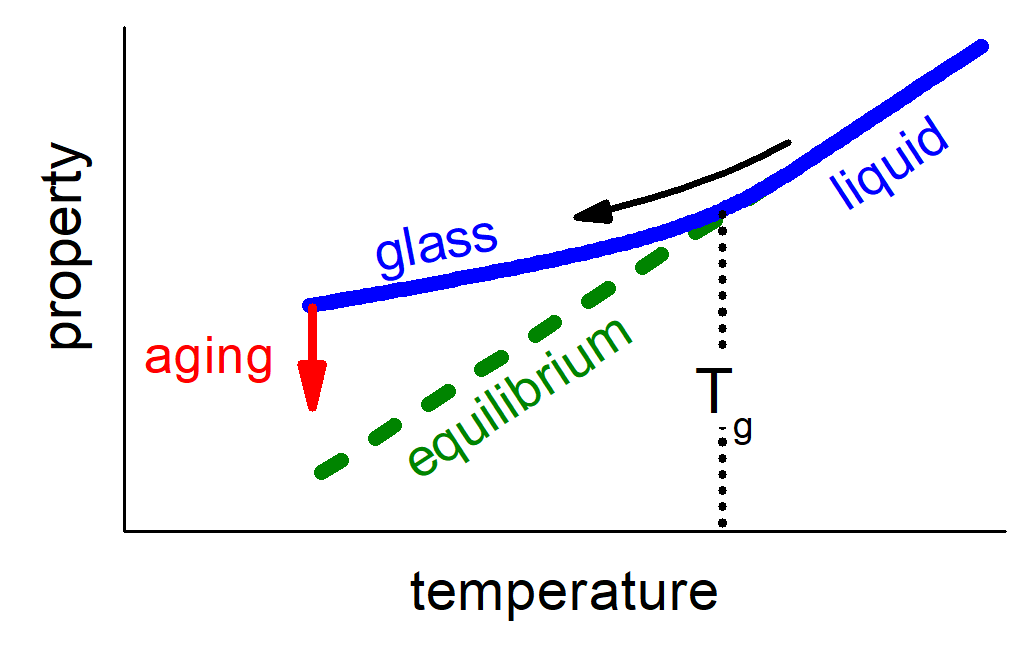
When a liquid is cooled below its glass temperature it "falls out of equilibrium". Keeping the glass at a constant temperature, then the so-called "physical aging" takes place, i.e. the physical quantities vary with time when the sample reapproaches equilibrium. We have performed aging experiments in a large variety of different glass formers and analyzed the results using a new approach that is much simpler and more straightforward to apply that those used so far [10].
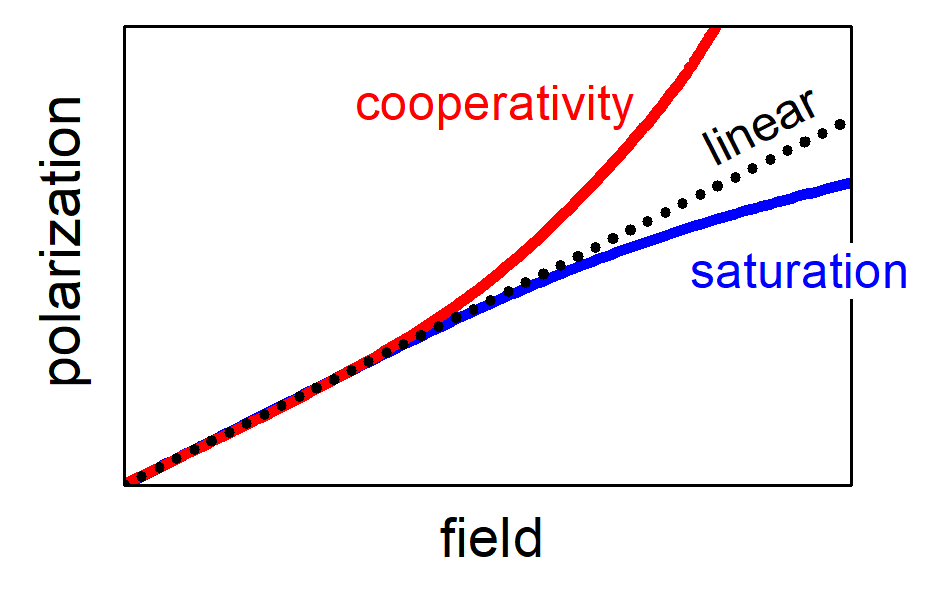
3. Some relevant publications from our group:
| [1] | Fast dynamics of glass-forming glycerol studied by dielectric spectroscopy P. Lunkenheimer, A. Pimenov, M. Dressel, Yu. G. Goncharov, and A. Loidl, Phys. Rev. Lett. 77, 318 (1996). [PDF] |
| [2] | Fast dynamics in CKN and CRN investigated by dielectric spectroscopy P. Lunkenheimer, A. Pimenov, and A. Loidl, Phys. Rev. Lett. 78, 2995 (1997). [PDF] |
| [3] | Dielectric and far-infrared spectroscopy of glycerol U. Schneider, P. Lunkenheimer, R. Brand, and A. Loidl, J. Non-Cryst. Solids 235-237, 173 (1998). |
| [4] | Broadband dielectric spectroscopy on glass-forming propylene carbonate U. Schneider, P. Lunkenheimer, R. Brand, and A. Loidl, Phys. Rev. E 59, 6924 (1999). [PDF] |
| [5] | Is there an excess wing in the dielectric loss of plastic crystals? R. Brand, P. Lunkenheimer, U. Schneider, and A. Loidl, Phys. Rev. Lett. 82, 1951 (1999). [PDF] |
| [6] | Glassy dynamics P. Lunkenheimer, U. Schneider, R. Brand, and A. Loidl, Contemp. Phys. 41, 15 (2000). |
| [7] | Dielectric spectroscopy of glass-forming materials: α-relaxation and
excess wing P. Lunkenheimer and A. Loidl, Chem. Phys. 284, 205 (2002). |
| [8] | Excess wing in the dielectric loss of glass formers: A Johari-Goldstein β relaxation? U. Schneider, R. Brand, P. Lunkenheimer, and A. Loidl, Phys. Rev. Lett. 84, 5560 (2000). [PDF] |
| [9] | Excess wing in the dielectric loss of glass formers: Further evidence for a β-relaxation P. Lunkenheimer, R. Wehn, Th. Riegger, and A. Loidl; J. Non-Cryst. Solids. 307-310, 336 (2002). |
| [10] | Glassy aging dynamics P. Lunkenheimer, R. Wehn, U. Schneider, and A. Loidl, Phys. Rev. Lett. 95, 055702 (2005). [PDF] |
| [11] | Temperature development of glassy α-relaxation dynamics determined by
broadband dielectric spectroscopy P. Lunkenheimer, S. Kastner, M. Köhler, and A. Loidl, Phys. Rev. E 81, 051504 (2010). [PDF] |
| [12] | Glassy dynamics under superhigh pressure A.A. Pronin, M.V. Kondrin, A.G. Lyapin, V.V. Brazhkin, A.A. Volkov, P. Lunkenheimer, and A. Loidl, Phys. Rev. E 81, 041503 (2010). [PDF] |
| [13] | Nonlinear dielectric response at the excess wing of glass-forming liquids Th. Bauer, P. Lunkenheimer, S. Kastner, and A. Loidl, Phys. Rev. Lett. 110, 107603 (2013). [PDF] |
| [14] | Cooperativity and the freezing of molecular motion at the glass transition Th. Bauer, P. Lunkenheimer, and A. Loidl, Phys. Rev. Lett. 111, 225702 (2013). [PDF] |
| [15] | Fifth-order susceptibility unveils growth of thermodynamic amorphous order in glass-formers S. Albert, Th. Bauer, M. Michl, G. Biroli, J.-P. Bouchaud, A. Loidl, P. Lunkenheimer, R. Tourbot, C. Wiertel-Gasquet, and F. Ladieu, Science 352, 1308 (2016). |
| [16] | Investigation of nonlinear effects in glassy matter using dielectric methods P. Lunkenheimer, M. Michl, Th. Bauer, and A. Loidl, Eur. Phys. J. Special Topics 226, 3157 (2017). |
| [17] | Johari-Goldstein relaxation far below Tg:
Experimental evidence for the Gardner transition in structural glasses? K. Geirhos, P. Lunkenheimer, and A. Loidl, Phys. Rev. Lett. 120, 085705 (2018). [PDF] |
| [18] | Fast dynamics in glass-forming salol investigated by dielectric spectroscopy P. Lunkenheimer, R. Wehn, M. Köhler, and A. Loidl, J. Non-Cryst. Solids 492, 63 (2018). |
| [19] | Glycerol confined in zeolitic imidazolate frameworks: The temperature-dependent cooperativity length scale of
glassy freezing M. Uhl, J.K.H. Fischer, P. Sippel, H. Bunzen, P. Lunkenheimer, D. Volkmer, and A. Loidl, J. Chem. Phys. 150, 024504 (2019). [PDF] |
| [20] | Universal correlations between the fragility and interparticle repulsion of glass-forming liquids P. Lunkenheimer, F. Humann, A. Loidl, and K. Samwer, J. Chem. Phys. 153, 124507 (2020). [PDF] |
| [21] | Thermal expansion and the glass transition P. Lunkenheimer, A. Loidl, B. Riechers, A. Zaccone, and K. Samwer, Nature Phys. 19, 694 (2023). [PDF] (see also: press release of the University of Augsburg) |
| [22] | Prigogine-Defay ratio of glassy freezing scales with liquid fragility A. Loidl, P. Lunkenheimer, and K. Samwer, Phys. Rev. E 111, 035407 (2025). [PDF] |